Plants With Googly Eyes Ideas
Eye-Catching Plants with Googly Eyes Ideas
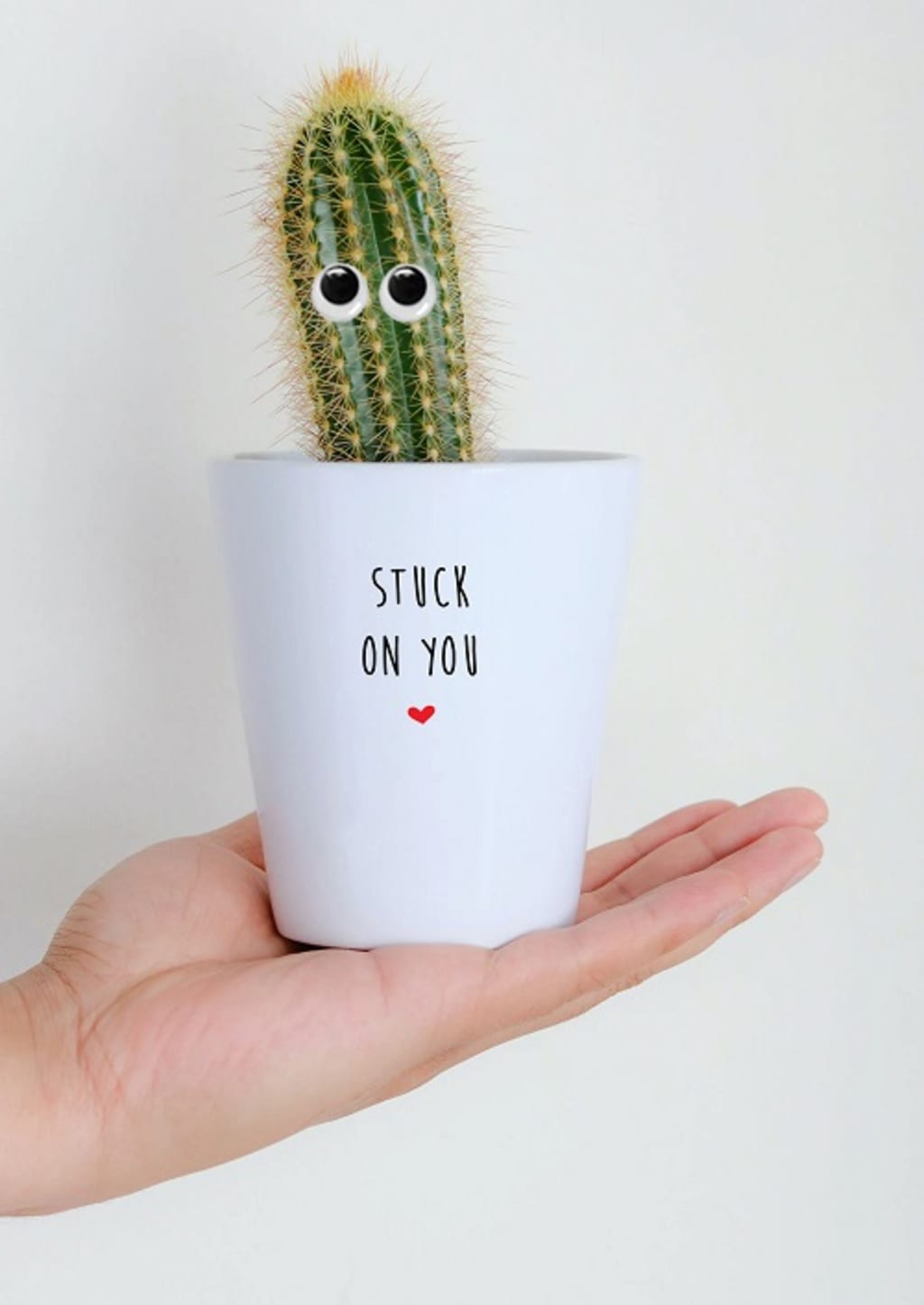
Add a fun twist to your garden and home decor by taking inspiration from this list of Plants with Googly Eyes Ideas. It's a unique concept that combines crafting with gardening, perfect for families looking to make lasting memories together.
1. Cactus Buddy
Cactus Buddy is a term used to describe a person who has a strong affinity for, or a collection of, cactus plants. These individuals are typically enthusiasts of the cactus family, which includes various succulent plants known for their unique appearance and low maintenance requirements.
Cactus Buddies often enjoy cultivating and caring for cacti as a hobby or decorative element in their homes. They appreciate the resilience and adaptability of cacti, which can thrive in arid conditions and require minimal attention. Some may even engage in more specialized activities, such as breeding rare cactus varieties or participating in cactus-themed events like plant shows or sales.
This term is a light-hearted way to acknowledge the passion and dedication that some people have for cacti. Cactus Buddies may bond over their shared interest, exchanging tips on proper care, discussing the latest additions to their collections, or simply admiring the unique beauty of these desert plants. Ultimately, being a Cactus Buddy signifies a deep appreciation for the charm and character that cacti bring into one's life.
2. Snake Plant Side-Eyes
"Snake Plant Side-Eyes" is a playful expression used to describe the characteristic appearance of snake plants (Sansevieria), a popular indoor houseplant. These plants are known for their long, upright leaves with a distinctive pattern of variegation, typically green with yellow edges or vice versa. The term "side-eyes" playfully refers to the way these leaves grow in an upward, slightly slanted manner, resembling a sidelong glance or a sly expression.
The term is often used humorously among plant enthusiasts to personify snake plants and their unique growth habit. It's as if the plant is casting a subtle, sideways glance at its surroundings or giving a knowing look. The upward growth pattern of snake plants is not only aesthetically pleasing but also practical, as it helps the plant maximize its exposure to light in indoor settings.
In a fun and imaginative way, "Snake Plant Side-Eyes" captures the whimsy and charm of these hardy and adaptable houseplants, which require minimal care and thrive in a variety of conditions. It's a term that highlights the unique personality and appeal of snake plants, making them a favorite choice for both experienced and novice plant enthusiasts.
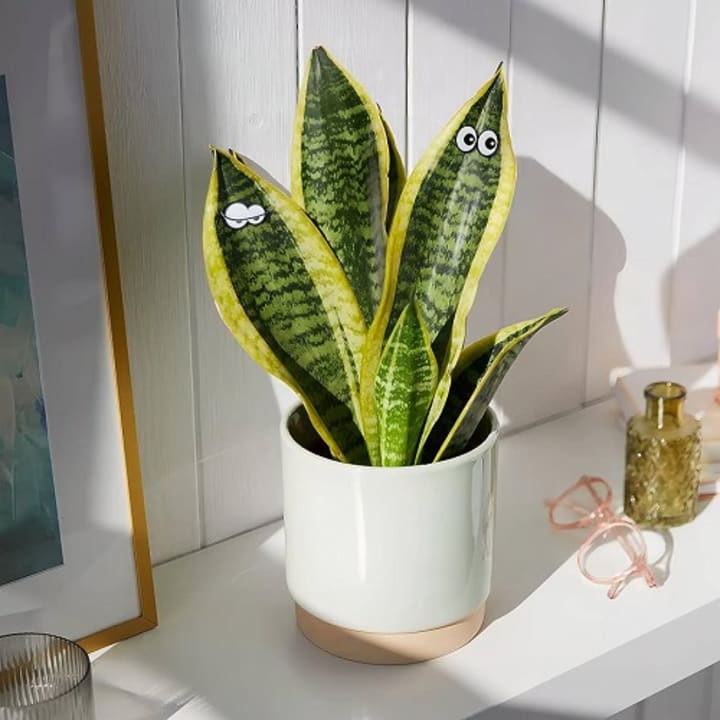
3. Adorable Aloe Vera Alien
"Adorable Aloe Vera Alien" is a creative and whimsical way to describe an Aloe vera plant, a common succulent known for its soothing properties and distinctive appearance. This playful term combines the plant's endearing qualities with a touch of science fiction or fantasy.
The word "adorable" emphasizes the cute and visually appealing nature of Aloe vera plants, with their fleshy, elongated leaves and soft, green hues. These plants are often appreciated for their aesthetic charm, making them a popular choice for indoor decor.
The term "Aloe Vera Alien" adds an imaginative twist, suggesting that the plant could be perceived as something otherworldly or extraterrestrial due to its unique appearance. This play on words can spark creativity and conversation among plant enthusiasts, making the simple act of caring for an Aloe vera plant feel like a delightful adventure.
In essence, "Adorable Aloe Vera Alien" is a fun and lighthearted way to celebrate the appeal of Aloe vera plants, inviting people to appreciate their beauty and perhaps even imagine them as charming inhabitants of another planet in the garden of their imagination.
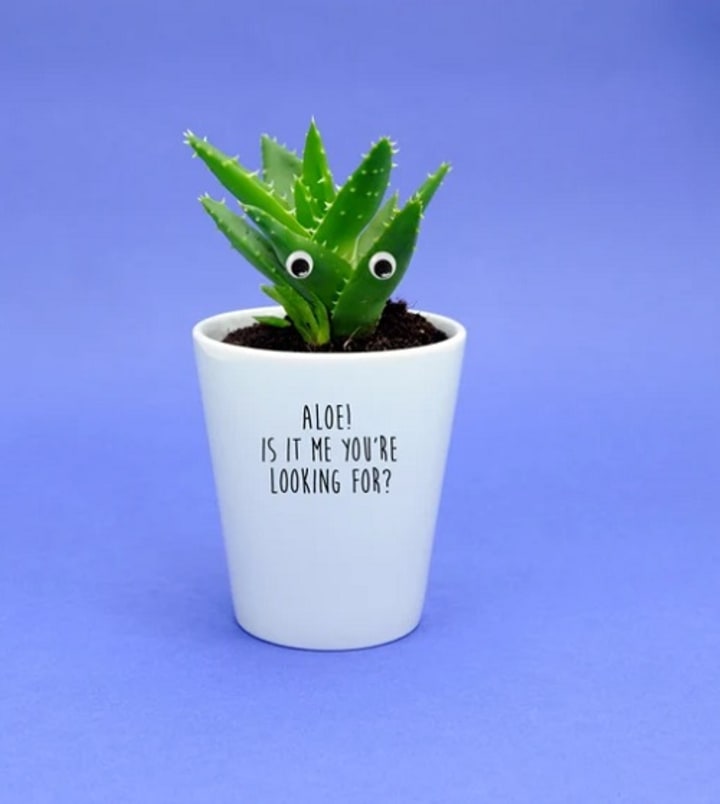
4. Succulent Family
The term "Succulent Family" refers to the group of plants that belong to the succulent category, which is characterized by their ability to store water in specialized tissues, such as their leaves or stems. Succulents have become immensely popular in recent years as houseplants and garden additions due to their unique and visually appealing features, as well as their relatively low maintenance requirements.
The Succulent Family encompasses a wide variety of plant species from different botanical families, such as cacti (Cactaceae), Echeveria (Crassulaceae), Aloe (Asphodelaceae), and many more. Each of these succulent species has its own distinct appearance, growth habits, and care needs.
Succulents are cherished for their resilience and adaptability, making them suitable for a range of environments, including arid regions, indoor spaces, and gardens. They come in various shapes, sizes, and colors, adding diversity and beauty to plant collections.
The Succulent Family has gained a dedicated following of enthusiasts who appreciate the charm and versatility of these plants. Many people enjoy propagating and caring for succulents, arranging them in unique containers or creating succulent gardens. The term "Succulent Family" reflects the sense of community and shared passion among those who admire and cultivate these captivating plants.
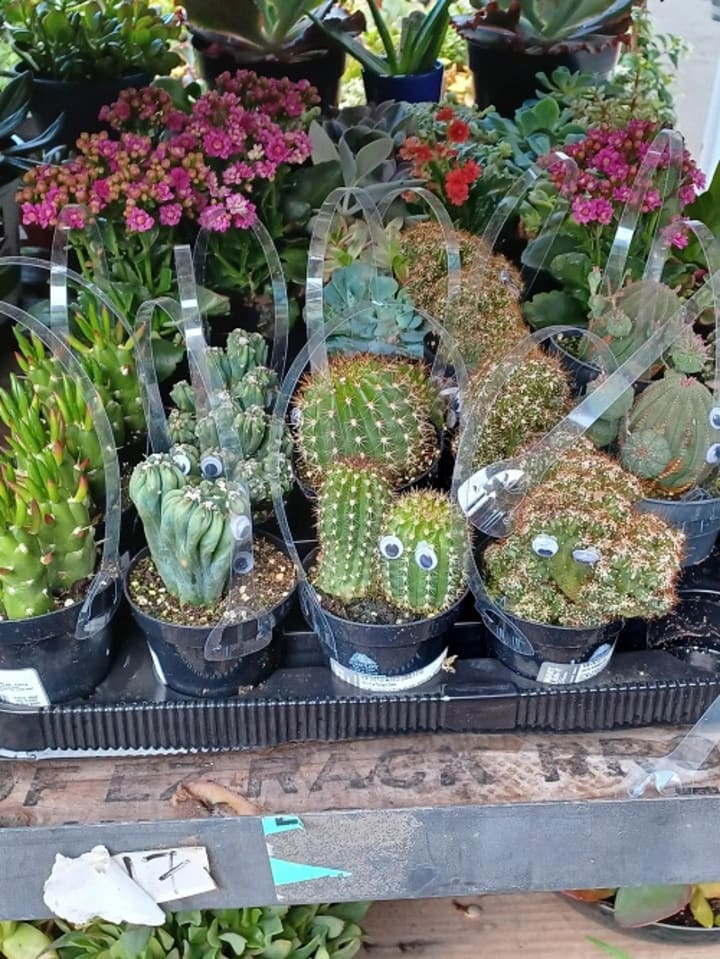
About the Creator
Enjoyed the story? Support the Creator.
Subscribe for free to receive all their stories in your feed. You could also pledge your support or give them a one-off tip, letting them know you appreciate their work.

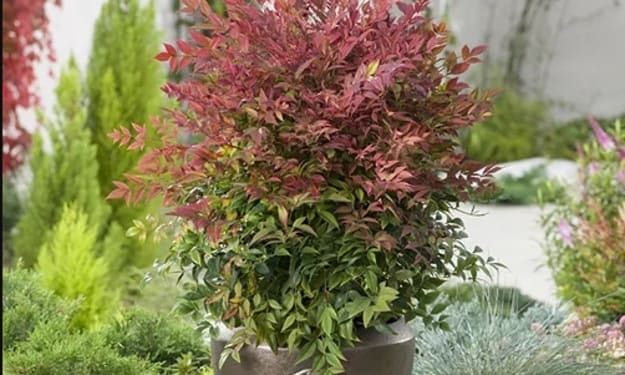



Comments
There are no comments for this story
Be the first to respond and start the conversation.